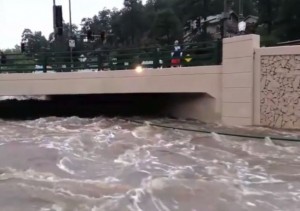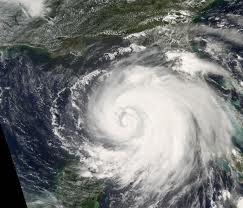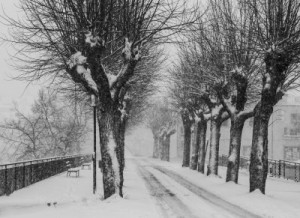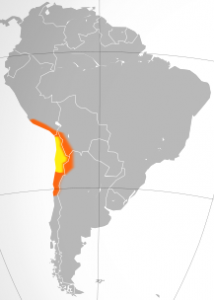
Floodwaters continue to rise in Evergreen, Colorado after days of heavy rain – and it’s still falling.
As of Thursday afternoon, September 12, 2013, Boulder, Colorado had received a record-breaking 9.6 inches of rain, and it is still falling.
Damaging floods in and around Denver, Boulder, Colorado Springs, and some isolated towns in the foothills of the Rockies have been inundated with flash flooding.
The state has not experienced a “100-year flood” like this since 1894.
Fires and Development
Wildfires in the mountains over the past few years have not yet grown back, and this has left large burn areas in the canyons that are at a very high risk for flash-flooding and wash-outs.
Barren terrain results in fast runoff, and this increases flood and landslide hazards downhill. And, what’s downhill? – housing developments, concreted streets, bridges, and strip malls.
More To Come?
Rain is forecast to continue in the area through Saturday, so this event is, sadly, far from over.



